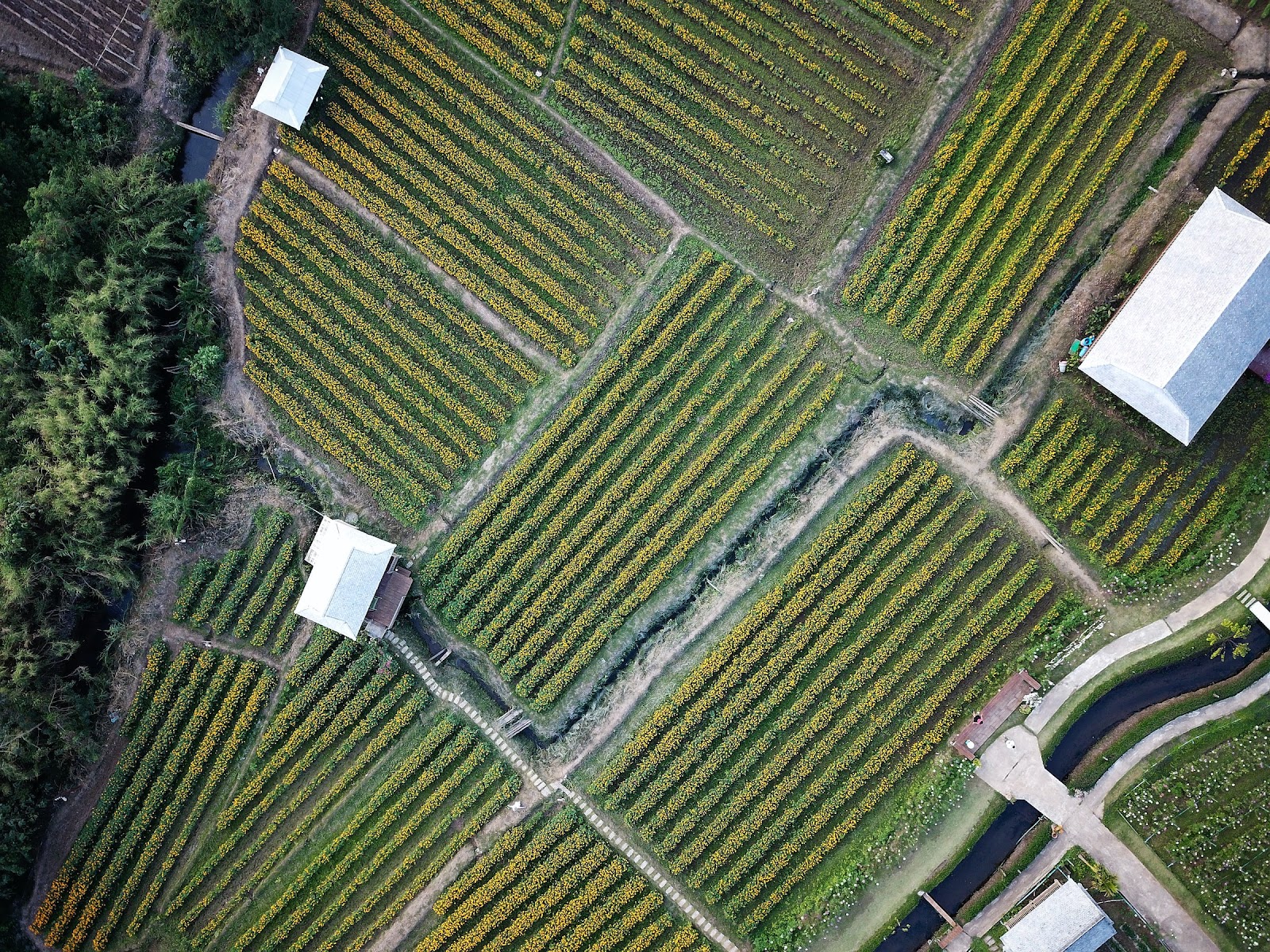Agriculture has evolved considerably over the course of thousands of years. Through trial and error, farmers have learned to make informed decisions in order to deliver high-yield crops. But they don’t always have all the necessary information to make these decisions.
From finance to healthcare, data is revolutionizing the way things get done, helping businesses make more informed decisions to achieve better outcomes. With precision agriculture technology, farmers too are leveraging data to discover actionable insights that produce larger harvests, improve product quality, and lower operational costs.
What is precision agriculture?
In an environment where demand for quality food is steadily increasing, along with the cost of labor and materials, farmers need to do more with less. Figuring out how to extract the maximum amount of yield from farmland using the least amount of inputs is top of mind for farmers these days. And that’s where precision agriculture comes into play.
The US Department of Agriculture (USDA) defines precision agriculture as, “a management system that is information and technology-based, is site specific and uses one or more of the following sources of data: soils, crops, nutrients, pests, moisture, or yield, for optimum profitability, sustainability, and protection of the environment.”
Digital transformation in the agriculture space has arrived, and precision agriculture technologies are leading the charge. Armed with the power of data, precision agriculture solutions are helping farmers better understand their land, refine processes, and maximize efficiency.
Here are some common examples of precision agriculture technologies:
- Internet of things (IoT) devices
- Wireless sensors
- Variable-rate application (VRA) seeding
- Weather modeling tools
- Robotics
- Mobile devices
- GPS/ GNSS
These digital tools are used on farms to maintain industry standards, keep track of the weather, manage machinery and other supplies, control pests, as well as monitor the health of soil, crops, and livestock.

How precision agriculture works
The main goal of precision agriculture is to provide growers with valuable data, insights, and information to enable them to work smarter, not harder.
The agricultural land, labor, and materials necessary to produce high-yield crops are extremely costly. Farmers need to ensure they are devoting resources to processes that will get them the most yield from their crops. In other words, precision agriculture means embracing digital technologies to improve farm management.
Precision agriculture aims to create a technological ecosystem that supports soil health and productivity to meet crop requirements for growers. This involves combining hardware and software tools like sensors, GPS and GIS tools, artificial intelligence (AI) and machine learning (ML) solutions, advanced analytics, and much more. These systems communicate data between each other to help farmers manage and refine all aspects of agricultural production, from irrigation, to pesticide deployment, to zone management, and so on.
When deployed correctly, precision agriculture tools help farmers run their fields—and their businesses—more efficiently, while also minimizing negative impacts on the environment.
The benefits of precision agriculture
Precision agriculture solutions provide a wealth of benefits to farmers. Let’s examine some of the key areas where innovative digital solutions are making an impact.
Increased profits
Precision agriculture solutions are one of the most cost-effective methods of achieving greater crop yields for growers. The increased efficiency that these solutions provide helps farmers get the most from their fields, while driving down labor and resource costs. Bigger yields mean bigger profits, and with the increased cost savings, farmers that embrace precision ag solutions see big paydays.
More sustainable farming practices
With the enhanced understanding that precision agriculture provides, farmers are able to direct resources to where they are needed most. For example, crop sensor technology can alert farmers that specific areas of their fields need additional water or pesticides. Instead of just blanketing their fields with these resources, farmers can target the areas where they will make the most impact. This reduces the negative effects of overuse associated with pesticide deployment and irrigation, resulting in more productive and sustainable agriculture.
Better agronomic understanding
Precision agriculture technology gives farmers an unparalleled understanding of their soil. All fields are not created equal, and therefore every farm has its own unique set of nutrient requirements. Precision ag solutions help farmers get full visibility into the health of their soil, so they know where and when to provide nutrients, as well as how much they need to guarantee a good harvest.
How to implement precision agriculture technology
As discussed above, no two farms are alike. This means that farmers have their own unique sets of requirements—and desired outcomes—for precision ag solutions.
The first step in the process of implementing these solutions is fully articulating your goals, and determining what your ideal farm looks like. What are you hoping to achieve? Are you looking to generate higher profits? Run your farm more sustainably? Better understand your soil health?
Next, consider what solutions are necessary to help you achieve these goals. Precision agriculture encompasses many different types of technology, so you’ll need to determine which tools will allow you to achieve success. An established ag tech consulting firm like Codal can help you determine what hardware and software solutions are best for your unique circumstances.
Finally, we come to the implementation phase. It’s important to recognize that, like many other aspects of farming, the results of implementing precision ag solutions are not immediate. It will take some time—and some smart adjustments—to see the strategy achieve its desired results. But when it does, your farm will experience the power of digital transformation.

Wrapping up
The agriculture industry has gone digital. Empowered by cutting-edge precision agriculture technologies, more and more growers are seeing their farms run more efficiently and sustainably—and experiencing higher profits as a result.
Precision ag ecosystems are revitalizing an age-old profession and helping more farmers keep up with the growing demand for quality food. Interested in learning more about Codal’s precision agriculture and ag tech solutions? Get in touch today.







